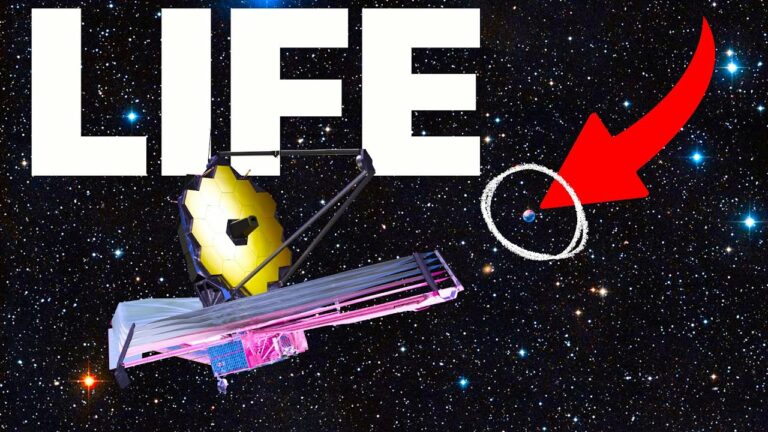Did JWST Just Confirm Alien Life on K2-18B?
The James Webb Space Telescope (JWST) is an exciting new concept that will take the study of the world out there to a new level. The JWST was launched on December 25, 2021, by NASA in partnership with ESA and CSA; it is hoped that the telescope will extend Hubble’s legacy though it is optimized for infrared observation instead. It is installed with the gargantuan primary mirror of 6. 5 meters in diameter, consists of 18 hexagonal segments of beryllium and because of this it can obtain very accurate data and images of galaxies, stars and planetary systems.
The telescope is positioned at the second Lagrange position or L2, around about 1.
Scaling 5 million kilometers from Earth, it gives it a fixed viewpoint in space free from the interference of the Earth’s atmosphere.
The JWST main objectives include observations of the formation of galaxies and stars, and systems of planets, including the search for biosignatures in exoplanet atmospheres. Among those, the Near Infrared Camera (NIRCam), Mid Infrared Instrument (MIRI), Near Infrared Spectrograph (NIRSpec) enables the researchers study the early universe shortly after the Big Bang better and deeper than before. The JWST is expected in enabling the answers to numerous questions about the great mysteries of astronomy and astrophysics and raising further questions.
NASA’s James Webb Space Telescope may have detected signatures of life 120 light years away on a Hycean planet called K2-18B. NASA recently set JWST’s sights back at the planet to attempt to confirm the initial shocking results. Have we actually found alien life?!
Do not forget to share your opinion with us to provide you with the best posts !




0 Comments